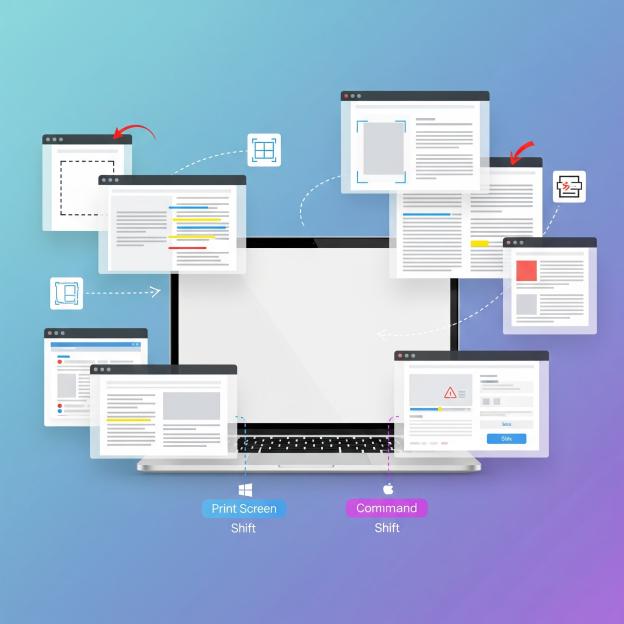In the world of web scraping, proxy rotation, user agents, and captcha solvers often steal the spotlight. Yet one subtle, critical factor for sustained scraping success often goes unnoticed: session persistence. Maintaining an uninterrupted session across multiple requests can drastically improve data quality and scraping efficiency, especially as websites deploy increasingly sophisticated anti-bot defenses.
Why Session Persistence Matters
Session persistence refers to maintaining a continuous, coherent interaction with a server, rather than making isolated, stateless requests. Modern websites track users extensively using cookies, IP addresses, device fingerprints, and session tokens. Scraping tools that mimic these behaviors can avoid detection and bans more effectively.
According to a report by Distil Networks, over 17% of all website traffic comes from “bad bots”; attempting scraping or automation. In response, websites have built complex systems to detect abnormal session behavior. Disconnected or erratic request patterns instantly raise red flags, leading to IP bans, CAPTCHAs, or served fake data.
In one case study, a scraping operation that integrated session persistence increased its successful extraction rate by 38% compared to traditional stateless scraping. Maintaining cookies, headers, and IP stickiness led to more seamless data gathering without frequent reauthentication or challenges.
Key Techniques for Session Persistence
1. Stick to a Static IP
Changing IP addresses too often disrupts session continuity. Using a static residential proxy allows a scraper to maintain a consistent identity over time. Those seeking stability should buy static proxies online from reputable providers, ensuring they can maintain persistent sessions without frequent re-verification or suspicious activity patterns.
2. Manage Cookies and Headers
Session cookies, authentication tokens, and custom headers like User-Agent or Referer must be handled carefully. Scrapers should store and reuse these values intelligently across multiple requests to simulate genuine browsing behavior.
A survey by DataDome revealed that more than 60% of bot detection rules rely on header anomalies. Small inconsistencies, like missing headers or randomized user agents mid-session, can easily betray a scraper’s identity.
3. Emulate Human Interaction
Rapid-fire identical requests or perfectly regular intervals make scraping behavior stand out. Introducing natural delays, mouse movement emulation, or even occasional page navigation mimics human patterns and strengthens session credibility.
Research by PerimeterX showed that human users generate entropy in session behavior that’s hard to replicate artificially. Smarter scrapers now incorporate slight randomness and “browsing noise”; to make sessions more believable.
Challenges and Tradeoffs
Session persistence isn’t without its tradeoffs. Maintaining long-lived sessions can increase resource consumption on the scraper’s side, require advanced state management, and complicate scaling operations. Moreover, if a session becomes flagged or blacklisted, the scraper must have mechanisms to reset and obtain a fresh identity without compromising efficiency.
However, the upside is significant: better data accuracy, fewer blocks, and lower overhead from failed scraping attempts.
While proxy rotation and bot evasion tactics remain important, session persistence is emerging as a critical, under-discussed cornerstone of effective web scraping. Scrapers that invest in maintaining coherent sessions â supported by tactics like using static proxies, managing cookies smartly, and emulating human behavior â can navigate even tightly defended websites with greater success.
For those serious about improving their scraping infrastructure, the decision to buy static proxies online could represent the technical edge needed to stay ahead in an increasingly competitive field.








